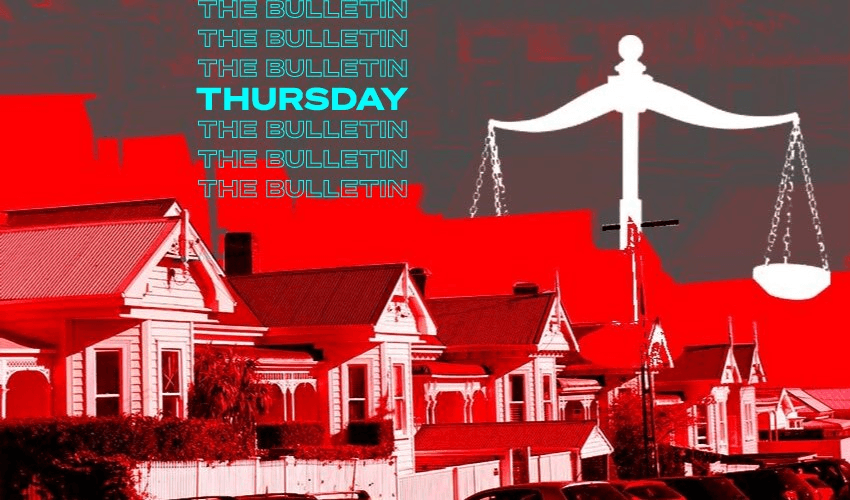The Salvation Army’s latest state of the nation report warns that the problems facing vulnerable New Zealanders are urgent and worsening, Justin Giovannetti writes in The Bulletin.
It’s no longer a housing crisis, it’s a catastrophe. Two years into the pandemic, the Salvation Army is warning in its annual state of the nation report that vulnerable New Zealanders are in a more precarious position than ever. The report’s dashboard is a sobering read, with 17 of 25 indicators either deteriorating over the past year or not improving. Housing led the decline, with the charity warning that the country’s fast increasing housing costs and rents should now be rightly called a “catastrophe”. Explaining its language, the charity said it needs to reflect what it sees in communities around Aotearoa. That’s what makes this report unique, it’s written by the people on-the-ground working with New Zealanders most in need.
“A lot of families were already living on the edge when Covid-19 hit our country,” said Lt Col Ian Hutson, the Salvation Army’s director of social policy. “The pandemic not only pushed some of them over the edge, but also increased the vulnerability of others, pulling them closer to desperation.”
A time of great suffering. It takes very little searching to find a number of voices in New Zealand who don’t believe a housing crisis exists. They often dismiss it as whinging millennials or envy from those who aren’t in the market. With the average home in Auckland now worth 35 times the median income, those views aren’t backed by the economic reality. The Economist (soft paywall), a newspaper without any socialist inclination, wrote on the weekend about New Zealand’s worsening housing crisis and put it in a global perspective.
The new label. As Stuff writes, people in New Zealand have become increasingly “desensitised” to the talk of a housing crisis. So the Salvation Army decided to endorse urgency and “elevate the discussion” by calling it a catastrophe instead. There are now more than 25,000 applicants on the social housing waitlist and once temporary stays in motels are increasingly lasting over half a year. A crisis is generally defined as a time of intense trouble. What do you call it when the trouble continues to intensify and worsen year after year? I’d love your thoughts.
There are some positives and signs of hope. A decline in teenage pregnancies that began 14 years ago continues, with abortions down 70% since 2008. Youth offending rates are also down. The biggest area of improvement, responsible for fully half the good news in the report, is around work and incomes. Unemployment is at a record low, while the number of people working is up sharply since Covid-19 hit. Incomes are also rising as minimum wages continue to rise. However, that last positive point should have a question mark added to it now. As one of the report’s authors told NewstalkZB, the spike in inflation over the last months of 2021 means that many households are now worse off as their salaries buy less.
One of the indicators that hasn’t improved is child poverty. There are now 209,000 children in New Zealand living in a home that needs a benefit. That’s one in five children. The indicator is marked as “no change” in the report. That’s because an additional 21,000 children were pushed into poverty at the start of Covid-19 and despite more people in work, very few of those children are in households that have pulled out of poverty. “In some way we’ve all failed,” a policy analyst told Breakfast about the report’s finding.


